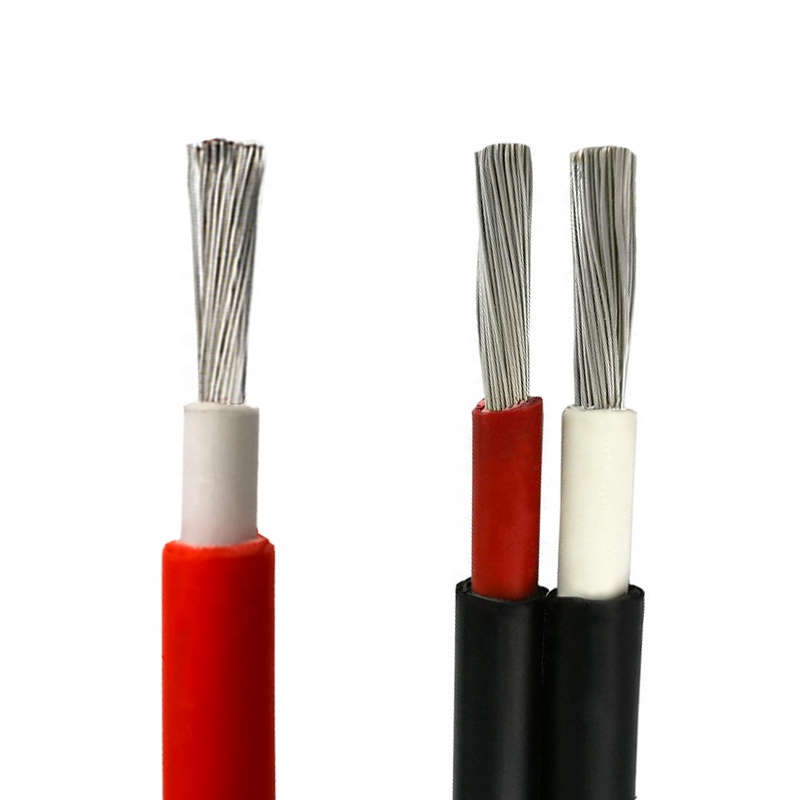 Author: Joey Wan
Author: Joey Wan  August 20,2022
August 20,2022
Resistance to mechanical loads(solar dc cable)
In fact, during installation and maintenance, the cables can be routed on the sharp edges of the roof structure, while the cables are subjected to pressure, bending, tension, cross tensile loads and strong shocks.

If the cable jacket is not strong enough, the cable insulation will be severely damaged, affecting the service life of the entire cable, or causing problems such as short circuits, fire and personal injury hazards.
Radiation cross-linked material with high mechanical strength. The cross-linking process changes the chemical structure of the polymer, the fusible thermoplastic material is converted into a non-fusible elastomeric material, and the cross-linking radiation significantly improves the thermal, mechanical and chemical properties of the cable insulation.
1. DC resistance The DC resistance of the conductive core of the finished cable at 20°C is not greater than 5.09Ω/km.
2. Water immersion voltage test The finished cable (20m) will not break down after 5min voltage test (AC 6.5kV or DC 15kV) after being immersed in (20±5)℃ water for 1h.

3. Long-term DC voltage resistance The sample is 5m long, put into distilled water containing 3% sodium chloride (NaCl) at (85±2)℃ for (240±2)h, and the two ends are exposed to the water surface for 30cm.
A DC 0.9kV voltage is applied between the wire core and the water (the conductive wire core is connected to the positive electrode, and the water is connected to the negative electrode). After the sample is taken out, a water immersion voltage test is carried out. The test voltage is AC 1kV, and no breakdown is required.
4. Insulation resistance The insulation resistance of the finished cable at 20℃ is not less than 1014Ω•cm, and the insulation resistance of the finished cable at 90℃ is not less than 1011Ω•cm.
5. Sheath surface resistance The surface resistance of the finished cable sheath should not be less than 109Ω.
